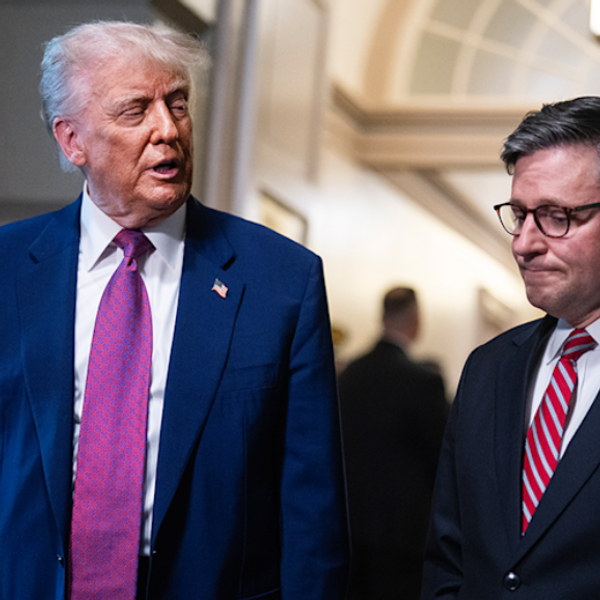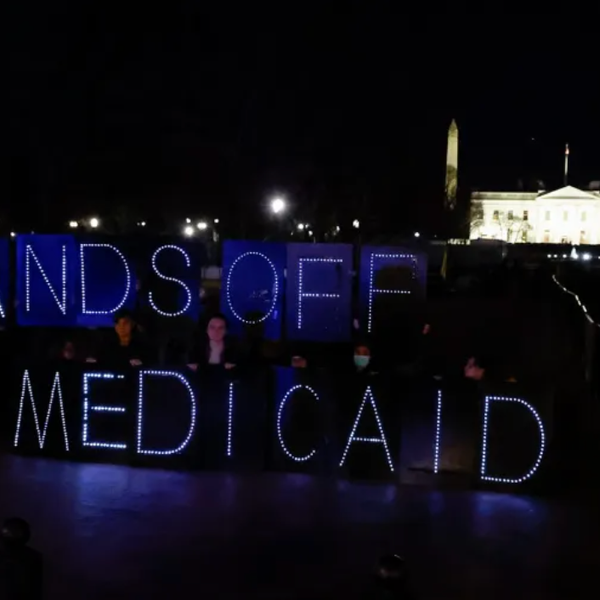Colorado City Vows To Be Carbon Neutral, Defying Partisan Politics
By Naveena Sadasivam, InsideClimate News (TNS)
Copenhagen and Melbourne have committed to the most aggressive carbon reduction goals on the planet.
Now those two cities — homes to 4.5 million people — have been joined by a perhaps unlikely companion on the fast track to carbon neutrality: the Colorado college town of Fort Collins, home to 150,000.
This month, the city approved new targets to reduce emissions 80 percent by 2030 and become carbon neutral by 2050. Those goals place Fort Collins among a handful of cities playing a prominent role on the world stage in combating climate change.
“In terms of their level of ambition, they’re among the leading cities trying to tackle climate change,” said Paula Kirk, an associate in the energy consulting group at Arup, a firm that routinely advises business and government on sustainability issues.
At least 228 cities have voluntarily set goals to reduce emissions, according to the C40 Cities Climate Leadership Group, an organization that encourages cities to confront climate change. These cities vary widely in the targets that they’ve set — from a ten percent reduction over five years to carbon neutrality over 35 years.
Fort Collins’ six city council members, who are chosen in nonpartisan elections, voted unanimously to approve the revised goals. Although the council members don’t have an official party affiliation, at least three of them identify as Republicans. The city’s mayor, Karen Weitkunat, is also Republican.
“It’s very positive that the council determined it’s appropriate to strive for this. It will get us farther than we otherwise would,” said Lucinda Smith, the city’s sustainability director.
Smith, who is in charge of proposing and carrying out a plan to reach the emission goals, said wildfires and floods that caused catastrophic damage in recent years pushed climate change into the public consciousness. In 2013, floodwaters along the Big Thompson River carried away homes and roads, causing more than $2 billion in damages. The same year, the Black Forest Fire, the most destructive in Colorado’s history, raged for nine days, destroying more than 500 homes and killing two people.
She also said Mayor Weitkunat played an “important role” in raising the issue of climate change to the public.
Weitkunat, who has been mayor since 2011, served on the 26-member President’s Climate Preparedness and Resilience Task Force to assess how the federal government can support communities in preparing for the worst effects of climate change.
“Overall, it’s a progressive city,” said Scott Denning, a professor of atmospheric science at Colorado State University. “But, to be a little more cynical, several of the council members who might have been inclined to say ‘no’ didn’t, because all they were committing to was a goal.”
Another reason the proposal sailed through with few objections is that Fort Collins is primarily a college town. Colorado State is the city’s largest employer, with a payroll of about 6,725. The fossil fuel industry, which typically objects to carbon cuts, does not have a stake in the city’s economy.
The city has had strategies to reduce carbon emissions in place since 1999. In 2008, Fort Collins adopted a 20 percent emission reduction by 2030, and 80 percent reduction by 2050.
In 2012, the Rocky Mountain Institute, one of the city’s partners on sustainability initiatives, studied the costs and benefits of raising emission goals and recommended accelerating them. This led the city to put the new goals to a vote and formally adopt them.
More than half of the city’s emissions come from power production. The Platte River Power Authority, which powers Fort Collins, relies on coal for almost 75 percent of the electricity it produces.
However, the city is in the unusual position of owning the Platte River Power Authority with three nearby cities, Estes Park, Longmont, and Loveland. As a result, the utility is free from financial obligations to shareholders and is beholden only to the four cities that own it.
“In the states, that’s rare and that’s a great thing to have,” said Adam Friedburg, an associate sustainability consultant at Arup. “If you have that control, you can do a lot that aligns with the city’s goals as opposed to the utility’s goals.”
Vehicles are responsible for another 25 percent of emissions. Burning natural gas to heat homes and buildings, and its use in industries, account for an additional 20 percent.
Before the new goals were put to a vote, city staff presented the council with a broad-strokes plan to decrease emissions 80 percent by 2030. The plan includes a number of strategies: retrofitting buildings and homes to make them energy efficient; investing in renewable sources such as solar and wind energy; and promoting public transportation.
Smith, the city’s sustainability director, said her staff plans to submit a complete implementation plan to the city council early next year.
Smith and the city’s staff have many hurdles to overcome if they are to hit their targets.
One significant challenge will be to convince the three other cities with a stake in Platte River Power Authority that switching to a cleaner energy portfolio will work for all. So far, the utility has modeled scenarios to transition to renewable energy but has not made any commitments.
“The plan is wonderful, but the real challenge is implementing it,” said Denning, who represented CSU on a citizen advisory committee that worked on updating the city’s climate action plan. “It will require constant vigilance.”
Another major obstacle will be to find a way to finance investments in cleaner technology and infrastructure upgrades, most of which are expensive. For instance, the city is considering a plan to upgrade homes to make them more energy efficient at no upfront cost to the owners. The costs would be paid back through electricity bills over time.
“How it’s going to be financed is the first big hurdle,” said Kevin Cross, a member of the Fort Collins Sustainability Group, a community organization that for years has been pushing the city to take more aggressive action on climate change.
The city estimates that it will need to spend $600 million by 2020 and between $3.4 billion and $4.6 billion by 2050. In the first few years, the city does not expect any significant savings. But, by 2050, the city estimates energy and fuel savings of $5 to $10.8 billion, a figure that far exceeds the costs.
Cross also said that he hopes that in spite of the challenges, the city will meet the goals and provide a model for other communities.
“We’re a tiny piece of the world puzzle,” he said. “What we also need to consider is that if small communities and cities can show the path forward, then we have a chance of addressing the global problem.”
Photo: The Neenan Company via Flickr












